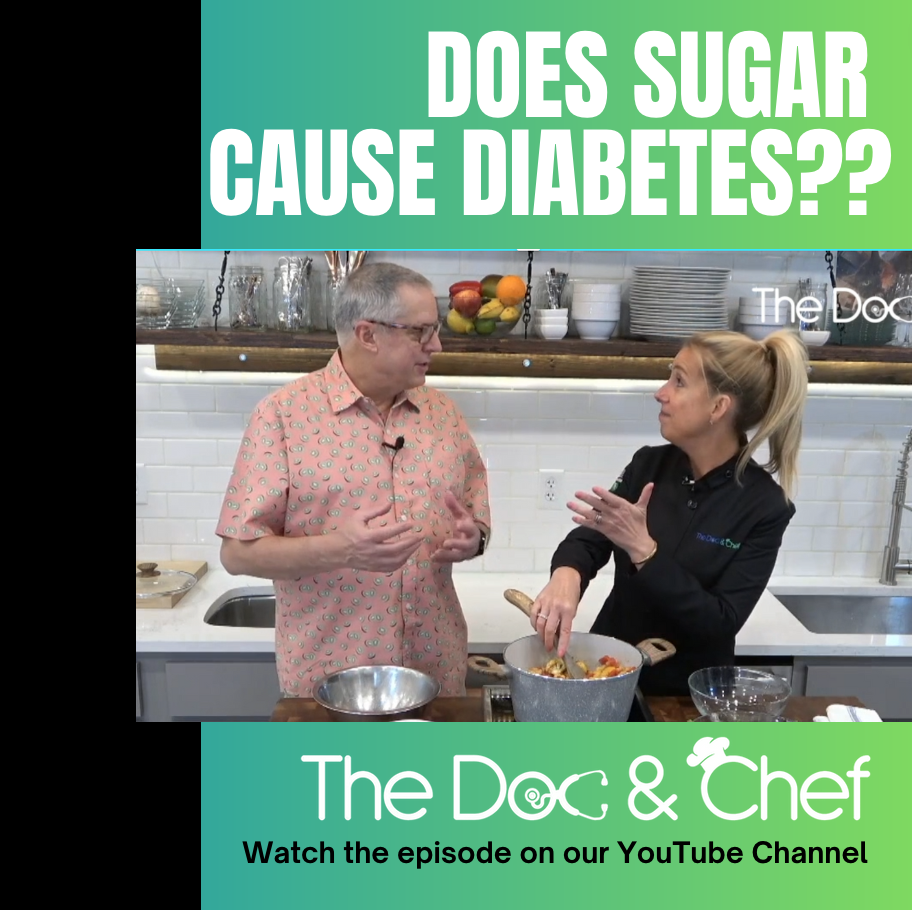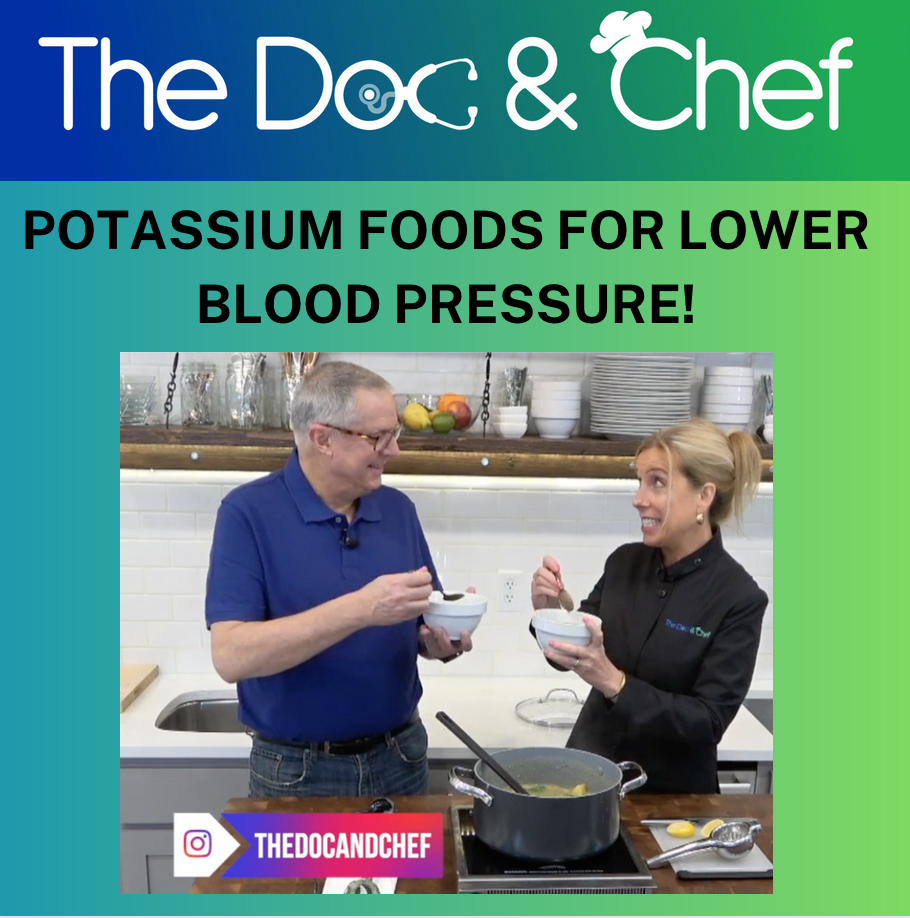Alzheimer's disease is a relatively common neurodegenerative disorder, especially among older adults. In 2020, it was estimated that there were around 50 million people living with dementia, the majority of whom have Alzheimer's disease. This number is projected to increase significantly in the coming decades due to aging populations.[1]
WHAT CAUSES ALZHEIMER’S DISEASE?
The exact cause of Alzheimer's disease is not fully understood, but it is believed to result from a combination of genetic, environmental, and lifestyle factors. Research on Alzheimer's disease is ongoing, and scientists continue to uncover more about its underlying causes. Here are some key factors that are believed to contribute to the development of Alzheimer's disease:[2]
1. Amyloid Plaques: One of the hallmarks of Alzheimer's disease is the accumulation of abnormal protein deposits called beta-amyloid plaques in the brain. These plaques are thought to disrupt communication between brain cells and trigger inflammation, ultimately leading to cell death.
2. Tau Tangles: Another characteristic feature of Alzheimer's disease is the presence of abnormal tau protein tangles within brain cells. These tangles can disrupt the structure and function of neurons, contributing to cognitive decline.
3. Genetics: While most cases of Alzheimer's disease are not directly inherited, certain genetic factors can increase the risk of developing the condition. Mutations in specific genes, such as the APP, PSEN1, and PSEN2 genes, have been linked to familial or early-onset Alzheimer's disease. APOE4 is another gene variant that increases the risk of late-onset Alzheimer's disease.
4. Age: Age is the most significant risk factor for Alzheimer's disease. The risk of developing the disease increases significantly as people get older.
5. Cardiovascular Health: There is a growing body of evidence suggesting that cardiovascular health is linked to Alzheimer's disease risk. Conditions like high blood pressure, high cholesterol, diabetes, and obesity may increase the risk.
7. Lifestyle Factors: Certain lifestyle choices can impact the risk of Alzheimer's disease. These include physical inactivity, smoking, poor diet, and limited social engagement.
8. Head Trauma: A history of head injuries, especially repeated concussions or severe traumatic brain injuries, may be associated with an increased risk of Alzheimer's disease.
9. Inflammation and Immune System: Chronic inflammation and immune system dysfunction have been implicated in Alzheimer's disease. Some researchers believe that chronic inflammation in the brain may contribute to the development and progression of the disease.
There is also some interesting research that has shown a relationship between the gut microbiome and Alzheimer's disease. Although this relationship is not fully understood, here are some key points regarding the gut-brain connection and Alzheimer's disease:
1. Gut-Brain Axis: The gut and the brain are connected through a bidirectional communication system known as the gut-brain axis. This communication occurs through various pathways, including the immune system, the nervous system, and the production of neurotransmitters and other signaling molecules.
2. Inflammation: An imbalance in the gut microbiome, known as dysbiosis, can lead to chronic inflammation in the gut. This inflammation may contribute to systemic inflammation and neuroinflammation, which have been linked to Alzheimer's disease and other neurodegenerative conditions.
3. Microbiome Composition: Some studies have observed differences in the composition of the gut microbiome in individuals with Alzheimer's disease compared to those without the disease. These differences include alterations in the abundance and diversity of specific microbial species.
4. Microbiome Metabolites: The gut microbiome produces various metabolites, including short-chain fatty acids (SCFAs) and other compounds. These metabolites can have a systemic impact on the body, including the brain. SCFAs, in particular, may have neuroprotective effects.
5. Amyloid Plaque Formation: Emerging research suggests that gut bacteria may influence the formation of beta-amyloid plaques in the brain, a hallmark of Alzheimer's disease. Some gut bacteria can produce substances that affect the aggregation of beta-amyloid.
6. Blood-Brain Barrier: Disruptions in the gut microbiome may contribute to increased permeability of the blood-brain barrier, potentially allowing harmful substances to enter the brain.
7. Neurotransmitters: Gut bacteria can produce neurotransmitters and other molecules that influence mood and behavior. Alterations in these pathways may affect cognitive function and emotional well-being.
While these findings are intriguing, the relationship between the gut microbiome and Alzheimer's disease is complex and not fully understood. The field of microbiome research is still evolving, and more studies are needed to establish causative links and better understand the mechanisms involved. The good news is the same dietary interventions that will be discussed in a later section can help you attain and maintain a health gut microbiome.
Alzheimer's disease is a complex condition with multifactorial causes, and the interplay of these factors is not fully understood. Research into the causes and risk factors of Alzheimer's disease is ongoing, and there is currently no cure for the condition. Early diagnosis and management of the disease's symptoms can help improve the quality of life for affected individuals and their families.
WHAT ARE THE SYMPTOMS OF ALZHEIMER’S DISEASE?
Alzheimer's disease is a progressive neurological disorder that primarily affects cognitive function, memory, and behavior. The symptoms of Alzheimer's disease typically worsen over time. Common symptoms and signs of Alzheimer's disease include:[3]
1. Memory Loss: One of the earliest and most noticeable symptoms is difficulty remembering recent events, names of people, and important dates. Individuals with Alzheimer's may frequently forget information they once knew well.
2. Difficulty with Problem-Solving: People with Alzheimer's may have trouble solving simple problems or making plans. They may find it challenging to follow a familiar recipe or manage their finances.
3. Confusion about Time or Place: Individuals with Alzheimer's may become disoriented and lose track of dates, seasons, or locations. They may forget where they are or how they got there.
4. Difficulty with Language: People with Alzheimer's may struggle to find the right words to express themselves or may have trouble following or joining in on conversations. They may repeat themselves or struggle with vocabulary.
5. Poor Judgment: Individuals with Alzheimer's may make poor decisions, such as giving away money to telemarketers or neglecting personal hygiene and safety.
6. Misplacing Objects: It's common for people with Alzheimer's to put items in unusual places and then have difficulty finding them. They may accuse others of stealing their belongings.
7. Mood and Personality Changes: Alzheimer's can lead to mood swings, depression, anxiety, irritability, and even aggression. Personality changes may include withdrawal from social activities and a loss of interest in previously enjoyed hobbies.
8. Loss of Initiative: People with Alzheimer's may become increasingly passive and uninterested in initiating activities. They may require more prompting and assistance to engage in everyday tasks.
9. Difficulty with Visual and Spatial Perception: Alzheimer's can affect an individual's ability to perceive and navigate the world around them. They may have trouble judging distances, identifying objects, and distinguishing colors and contrasts.
10. Problems with Self-Care: As the disease progresses, individuals with Alzheimer's may have difficulty with basic self-care tasks, such as bathing, dressing, and grooming.
11. Wandering: Some individuals with Alzheimer's may wander and become lost, even in familiar places, which can pose safety risks.
12. Sleep Disturbances: Changes in sleep patterns, such as nighttime restlessness and daytime sleepiness, are common in Alzheimer's disease.
The progression of Alzheimer's disease varies from person to person. In the early stages, symptoms may be mild and go unnoticed, but as the disease advances, they become more pronounced and interfere with daily life. If you or a loved one is experiencing memory or cognitive problems, it's essential to consult a healthcare professional for a proper evaluation and diagnosis, as early intervention and management can help improve the quality of life for individuals with Alzheimer's disease.
HOW IS ALZHEIMER'S DISEASE DIAGNOSED?
The diagnosis of Alzheimer's disease typically involves a comprehensive evaluation by a healthcare professional, such as a neurologist or geriatrician. It can be a complex process that includes several steps to rule out other potential causes of cognitive decline and to confirm the presence of Alzheimer's disease. Here are the key steps involved in the diagnosis of Alzheimer's disease:[4]
1. Medical History and Clinical Assessment: The healthcare provider will start by taking a detailed medical history, including information about the individual's symptoms, their onset, and their progression. They will also inquire about any family history of Alzheimer's disease or other cognitive disorders.
2. Physical Examination: A physical examination will be performed to assess overall health and to rule out any medical conditions or medications that might be contributing to cognitive impairment.
3. Cognitive Testing: Cognitive tests and assessments are used to evaluate memory, thinking, and problem-solving skills. The Mini-Mental State Examination (MMSE) and the Montreal Cognitive Assessment (MoCA) are examples of commonly used cognitive screening tools.
4. Neuropsychological Testing: In some cases, more extensive neuropsychological testing may be conducted to assess various cognitive functions in detail. This can help distinguish Alzheimer's disease from other types of dementia.
5. Laboratory Tests: Blood tests may be ordered to rule out reversible causes of cognitive impairment, such as vitamin deficiencies, thyroid disorders, or infections.
6. Brain Imaging: Imaging studies such as magnetic resonance imaging (MRI) or positron emission tomography (PET) scans may be used to detect changes in the brain. These imaging techniques can help identify brain abnormalities associated with Alzheimer's disease, such as atrophy (shrinkage) of specific brain regions or the presence of beta-amyloid plaques and tau tangles.
7. Cerebrospinal Fluid Analysis: In some cases, a lumbar puncture (spinal tap) may be performed to analyze cerebrospinal fluid for the presence of biomarkers associated with Alzheimer's disease, such as elevated levels of beta-amyloid and tau proteins.
8. Genetic Testing: Genetic testing may be considered, especially in cases of early-onset Alzheimer's disease or when there is a strong family history of the condition. Genetic testing can identify specific gene mutations associated with Alzheimer's disease.
9. Clinical Criteria: The healthcare provider will assess the individual's symptoms and test results against established clinical criteria, such as those outlined in the Diagnostic and Statistical Manual of Mental Disorders (DSM-5) or the National Institute on Aging-Alzheimer's Association (NIA-AA) diagnostic guidelines.
Alzheimer's disease can only be definitively diagnosed through post-mortem examination of brain tissue, where the presence of beta-amyloid plaques and tau tangles can be confirmed. However, the combination of clinical evaluation, cognitive testing, and various diagnostic tools can provide a high degree of certainty in diagnosing Alzheimer's disease during a person's lifetime.
Early diagnosis is crucial as it allows for timely intervention and the initiation of appropriate treatments and support services to help manage the condition and improve the individual's quality of life.
CAN ALZHEIMER'S DISEASE BE PREVENTED?
Here are some strategies that may help reduce the risk of Alzheimer's disease:[5]
1. Regular Physical Activity: Engaging in regular physical exercise, such as aerobic activities (e.g., walking, swimming, jogging), has been associated with a reduced risk of cognitive decline and Alzheimer's disease. Exercise can improve blood flow to the brain and support brain health.
2. Mental Stimulation: Staying mentally active through activities like reading, puzzles, learning new skills, and social interactions may help protect cognitive function and reduce the risk of cognitive decline.
3. Quality Sleep: Prioritizing good sleep hygiene and getting sufficient restorative sleep is important for brain health. Sleep is believed to play a role in clearing toxins from the brain.
4. Heart-Healthy Lifestyle: Managing cardiovascular risk factors, such as high blood pressure, high cholesterol, and diabetes, may help reduce the risk of Alzheimer's disease. A healthy heart often correlates with a healthy brain.
5. Social Engagement: Maintaining an active social life and staying connected with friends and family may support cognitive health. Social interaction and engagement can stimulate the brain.
6. Stress Management: Chronic stress can have negative effects on brain health. Learning stress management techniques, such as meditation, yoga, or relaxation exercises, may be beneficial.
7. Avoiding Smoking and Excessive Alcohol: Smoking and excessive alcohol consumption have been associated with a higher risk of cognitive decline and Alzheimer's disease. Quitting smoking and drinking alcohol in moderation are advisable.
8. Brain Health Supplements: Some studies have investigated the potential benefits of certain supplements, such as omega-3 fatty acids, vitamin D, and antioxidants, in supporting brain health. However, the evidence is mixed, and it's essential to consult with a healthcare professional before starting any supplements.
Regarding omega-3 supplements, many people use fish oil, but many fish oil supplements are contaminated with environmental pollutants. To minimize exposure to these pollutants, an algae-based omega 3 supplement is a better choice.
10. Cognitive Training Programs: Engaging in structured cognitive training programs designed to improve memory and cognitive skills may help maintain cognitive function as individuals age.
While these strategies may reduce the risk of Alzheimer's disease, there are no guarantees, and the effectiveness of prevention efforts can vary from person to person. Additionally, ongoing research is exploring new approaches to Alzheimer's prevention and treatment, so it's essential to stay informed about the latest developments in the field.
WHAT ABOUT DIET?
The MIND diet aims to reduce dementia and the decline in brain health that often occurs as people get older. It combines aspects of two very popular diets, the Mediterranean diet and the Dietary Approaches to Stop Hypertension (DASH) diet. “MIND” stands for “Mediterranean-DASH Intervention for Neurodegenerative Delay.”[6]
Here are some foods with potential brain health benefits:
● Berries: Blueberries, strawberries, and other berries are high in antioxidants, including flavonoids and anthocyanins, which may help protect brain cells from oxidative damage.[7]
● Leafy Greens: Dark leafy greens such as spinach, kale, and Swiss chard are rich in folate, vitamin K, and other essential nutrients that may contribute to cognitive health.[8]
● Nuts: Nuts, especially walnuts, almonds, and hazelnuts, provide healthy fats, antioxidants, and vitamin E, which may have neuroprotective effects.[9]
● Turmeric: Curcumin, a compound found in turmeric, has anti-inflammatory and antioxidant properties and has been studied for its potential role in brain health.[10]
● Coffee: Moderate coffee consumption has been associated with a lower risk of cognitive decline and may have neuroprotective effects due to its caffeine and antioxidant content.[11]
● Tea: Green tea, in particular, contains compounds called catechins that may have antioxidant and anti-inflammatory properties.[12]
● Whole Grains: Foods like whole-grain bread, brown rice, quinoa, and oats provide complex carbohydrates and fiber that provide a steady source of energy to the brain.[13]
● Beans and Legumes: Beans, lentils, and chickpeas are good sources of folate, iron, magnesium, and other nutrients that support brain health.[14]
● Avocado: Avocados are rich in healthy fats, vitamin E, and other nutrients that may benefit brain function.[15]
● Olive Oil: Extra virgin olive oil is a source of monounsaturated fats and antioxidants that may have a positive impact on brain health.[16]
● Dark Chocolate: Dark chocolate with a high cocoa content contains flavonoids and antioxidants that may have cognitive benefits.[17]
● Spices: Other spices like cinnamon, sage, and oregano are being studied for their potential role in cognitive health.[18]
You also need to be sure you have an adequate source of B12 in your diet, which is very important for brain health. Older adults, vegetarians, vegans and people who have conditions that affect their ability to absorb vitamin B-12 from foods, should supplement with at least 500 mcg of B12 a day.[19]
CAN ALZHEIMER'S DISEASE BE TREATED?
Alzheimer's disease is a progressive disorder, and treatment focuses on addressing cognitive, behavioral, and functional changes. Treatment approaches may include:[20]
● Medications: Several medications are approved by regulatory agencies (such as the U.S. Food and Drug Administration) for the treatment of Alzheimer's disease. These medications can help manage symptoms and slow the progression of the disease in some cases. Commonly prescribed medications include:
o Cholinesterase Inhibitors: Donepezil (Aricept), rivastigmine (Exelon), and galantamine (Razadyne) are examples of cholinesterase inhibitors. They work by increasing the levels of acetylcholine, a neurotransmitter that is reduced in Alzheimer's disease, to improve memory and cognitive function.
o NMDA Receptor Antagonist: Memantine (Namenda) is an NMDA receptor antagonist that helps regulate glutamate activity in the brain, which can improve cognitive function and behavior.
● Psychiatric Medications: In some cases, individuals with Alzheimer's disease may experience mood and behavioral symptoms, such as depression, anxiety, or agitation. Psychiatric medications may be prescribed to manage these symptoms
● Behavioral and Cognitive Interventions: Non-pharmacological interventions are an essential part of Alzheimer's care. These interventions may include cognitive stimulation therapy, reminiscence therapy, and behavior management techniques to address challenging behaviors and improve the individual's overall well-being.
● Occupational Therapy and Rehabilitation: Occupational therapists can help individuals with Alzheimer's disease maintain their independence in daily activities for as long as possible. They can also suggest home modifications and assistive devices to enhance safety and functionality.
● Supportive Care: Providing a supportive and structured environment is crucial for individuals with Alzheimer's disease. This includes maintaining routines, ensuring safety in the home, and providing emotional support and companionship.
● Caregiver Support: Alzheimer's disease places significant demands on caregivers. Support and education for caregivers can help them better understand the disease, manage caregiving responsibilities, and access respite care when needed.
● Clinical Trials: Research into potential Alzheimer's treatments is ongoing, and individuals with Alzheimer's may consider participating in clinical trials to test experimental therapies and contribute to scientific knowledge about the disease.
However, it is important to note that none of these treatments can effectively reverse or cure Alzheimer’s disease; they only help slow its progression. This is why prevention is fundamentally important.
SUMMARY
Alzheimer’s disease is a common, progressive neurodegenerative disease that typically affects older adults and causes cognitive decline and memory loss. There are many risk factors for Alzheimer’s, but the majority are lifestyle related. The best way to prevent Alzheimer’s is to engage in regular physical activity, mental stimulation, social engagement, get quality sleep, avoid smoking and excessive alcohol consumption, and most importantly eat a healthy diet, which is rich in fruits, vegetables, whole grains, nuts, and healthy fats.
[1] https://www.alz.org/media/documents/alzheimers-facts-and-figures.pdf
[2] Molecules. 2020 Dec 8;25(24):5789.
[3] https://www.nia.nih.gov/health/what-are-signs-alzheimers-disease
[4] Cureus. 2023 Sep 20;15(9):e45649.
[5] https://www.nia.nih.gov/health/alzheimers-and-dementia/preventing-alzheimers-disease-what-do-we-know
[6] Alzheimers Dement. 2015 Sep;11(9):1015-22
[7] J Alzheimers Dis. 2022;88(2):653-661
[8] Neurology. 2017 90:e214-e222
[9] Nutrients. 2023 Feb 16;15(4):1000.
[10] Ann Indian Acad Neurol. 2008 Jan;11(1):13-9
[11] Alzheimers Dis. 2010;20 Suppl 1:S167-74
[12] Nutrients. 2019 Feb 23;11(2):474.
[13] Psychiatry Clin Neurosci. 2023 Mar;77(3):141-148.
[14] Eur J Clin Nutr 77, 65–70 (2023).
[15] Adv Neurobiol. 2016;12:337-54.
[16] Rev Neurol (Paris). 2019 Dec;175(10):705-723
[17] Antioxidants (Basel). 2022 Jul 12;11(7):1353
[18] Int J Prev Med. 2017 Feb 7;8:5
[19] Biomolecules. 2022 Jan 14;12(1):129.
[20] Int J Mol Sci. 2022 Nov 12;23(22):13954.














































































